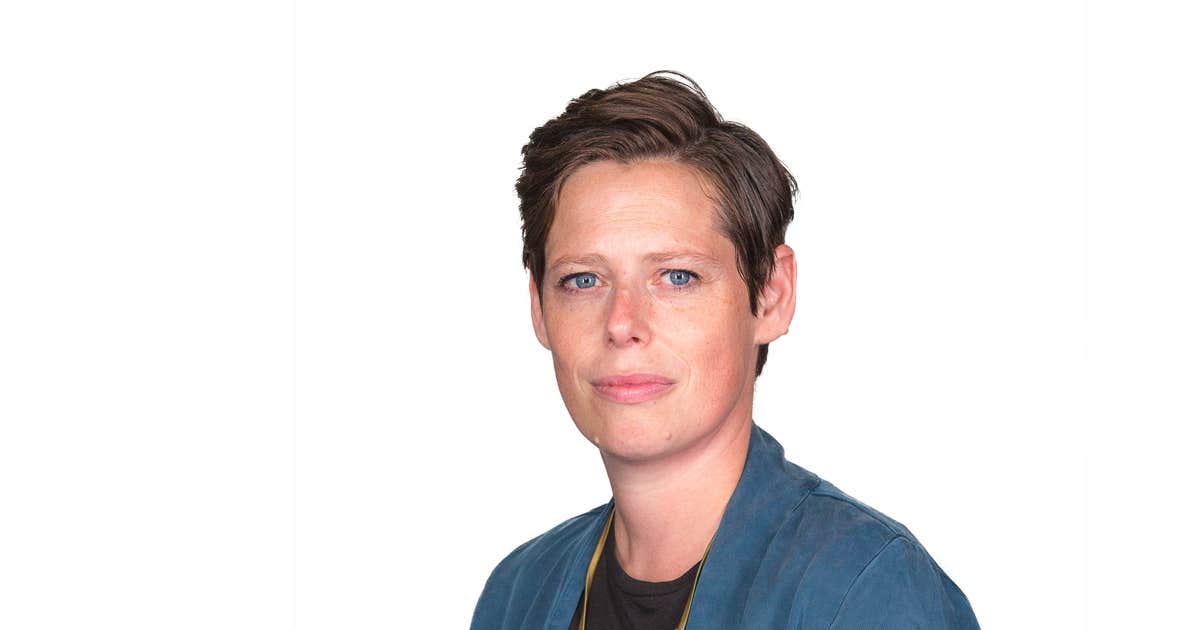I was 23 years old. I had just left school with a freshly obtained master’s degree in a department where this thing, which had become a little rarer, was valued: the development of a posture of non-knowledge. The therapist’s maintenance of a position of “creative ignorance”, in the words of Professor Yves St-Arnaud, was essential to the therapeutic relationship. So I had just spent two years unlearning, much more than developing, an expert posture.
All my predispositions to taking charge, to overanalysis, to therapeutic performance and other great surges of savior very typical of psychology students had been challenged, allowing me to develop a form of tolerance for my ignorance. Twenty years later, this posture, which places the curiosity of the other at the forefront of any intervention, well before interpretations, advice, strategies and other impact techniques, still serves as my base camp in this profession. strange that I still exercise.
I was 23 years old and knew nothing, therefore. I was a baby shrink and I had been hired as a school psychologist in primary schools where the socio-economic context was not the most favorable, to put it that way. These schools were my real schools. I learned everything there: the illogical logics of systems, class privileges and injustices, the true nature of resilience, the childhood that is broken, the one that is straightened out, the one that so many teachers and other school workers save days to heart, in such a great absence of recognition.
I rediscovered there the cruelty of schoolyards that I had forgotten, I who had known it so much in the 1980s. But above all, I discovered how beauty could be revealed everywhere, even in most unexpected places. There I encountered a beauty lodged in the creases of existence, under tragedy, somewhere crushed under lines of misery, at the bend of a jet of light that embellishes an entire room, of a spontaneous embrace coming from this immured child, of a goodbye at the end of the year which takes on the appearance of a farewell ritual, or of these little fingers which close around my outstretched hand, finally.
There were old pianos in each of these schools, on which I sometimes strummed with a child sitting beside me who only listened, played in turn what he knew or even lay down against the wood, on the ground, to feel the music, to feel it in his body which, perhaps, bore the traces of so many other less fortunate feelings.
I learned there to pick up beauty, to scrutinize it, to contemplate it sometimes in the greatest of silences. I discovered there the state of between two worlds in which I found myself in the presence of a child who draws: his family, a house, a tree, a path, a monster, a cloud. The sound of the pencil on the paper soothed me in a way that, even today, I cannot explain. It seems to me then that time is suspended to let beauty in.
I never knew how to put all this down in file notes. Services rendered: “cast a loving gaze on the child while he felt the musical vibrations of a nocturne in B flat minor”, “supported not understanding anything for ten sessions by making the child feel that I wouldn’t give up” or “felt something of the child’s pain, showed him my concern with my eyes. We didn’t say anything. Everything happened”.
Words to describe the essential without devitalizing it are rare in a world where the main language is that of technique.
When I encountered the words of Sacha Genest Dufault, professor in the Department of Psychosociology and Social Work at the University of Quebec at Rimouski, to talk about the importance of the aesthetic experience in the intervention, I felt this strange shock that occurs when someone comes to drop a language on experiences that were looking for words to express themselves.
Her research focuses on aesthetic experiences and practices, the phenomenology of beauty in intervention, research and training. I had the chance to listen to him recount his own shocks in the face of beauty at the last ACFAS congress, and that was enough to keep me going for days on end, as works of art generally do, but also good therapy sessions.
The psychoanalyst Nicolas Lévesque underlined this magnificently already in the title of his Phorawhich focused on his practice as a psychiatrist: Phorawhich in Greek means “the action of carrying”.
Beauty carries us, thus, just as we carry it too. It lifts us up, reveals us, sometimes finds us when we are busy looking at the ugly, being swallowed up in it, unable to detach ourselves from it. And ugly, God knows there are!
It is distributed unevenly in the world, but is becoming more and more glaring on our screens, more and more like this nothingness, placed in front of us as sometimes the only direction envisaged.
I could believe that he is going to win, but I have found beauty in so many nooks and crannies of suffering that I remain and will remain a radical prospector of beauty.
The solstice is here; it will also be an opportunity for me to replenish my beauty reserves. I’ll be posting selected bits from the latest collection of stories next week under the ‘News From You’ section.
We will meet again in July, but until then, let me offer you flowers in this little capsule of beauty sketched by friends, the talented Myriam Leblond and Pierre-Luc Racine for La Fabrique culturelle. titled As long as there are flowers. Bouquets to slow down, it will have been the starting point of this column. An ode to long time, to the beauty that is sometimes so close, very close, right there.
Clinical psychologist, Nathalie Plaat is an author and teacher at the University of Sherbrooke.
